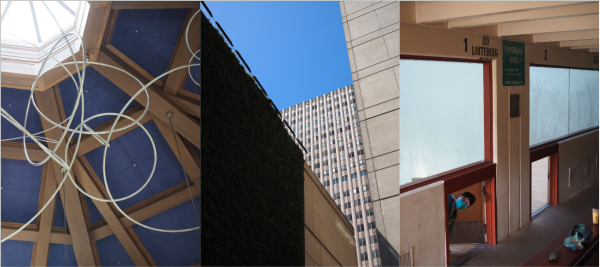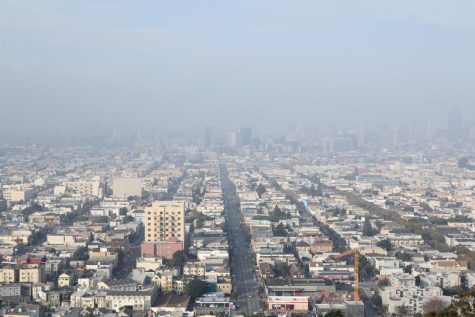FROM THE EDITOR: Segregation in the city
Dear readers of The Lowell,
Anyone who lives in San Francisco knows that each neighborhood is vastly different from the next. Walking through the city can feel surreal: the Castro and the Sunset can seem like two different worlds. But most San Franciscans know that culture isn’t the only thing distinguishing our neighborhoods. There are distinct ethnic lines dividing our city, resulting in ethnically concentrated neighborhoods.
Reporter Olivia Moss found that there are many causes for this. One of these is chain migration, which is defined as immigrants migrating to an area concentrated with people from the same country. Other causes are covenants (neighborhood agreements that sometimes occur on racial terms) and zoning laws that discourage large families. These zoning laws disproportionately affect people of color and especially immigrants, who often have large families.
Segregation in San Francisco has deep roots in racism, especially through the practice of redlining. Though no longer practiced, the effects of this nefarious practice linger. Essentially, banks avoided giving loans to certain neighborhoods, typically those with a larger concentration of minorities. This made it much harder for those residents to buy housing and often meant that they couldn’t afford to move to ‘nicer’ neighborhoods.
Although it’s easy to believe that segregation is a problem of the past, the truth is that many San Francisco neighborhoods are still segregated, and are becoming more so. While neighborhood segregation is acknowledged by many students at Lowell, some don’t see this as a problem. Moss’ story tries to bring light to this issue through several students’ experiences. While many celebrate the diversity found in San Francisco, let’s not forget the differences in opportunities offered around the city.
Editors-in-Chief,
Olivia Sohn and Susan Wong











